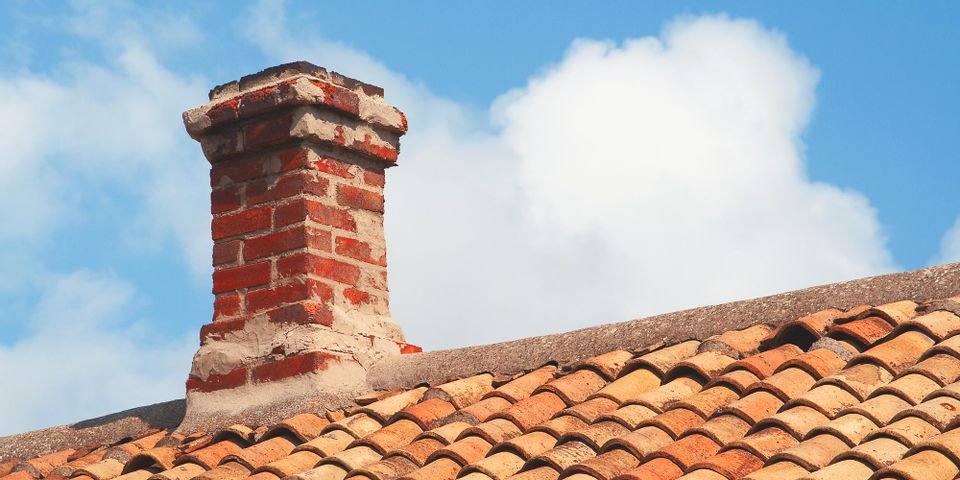
When you’re looking for a new house to call home, thoughts of sitting around a crackling fire with your loved ones may seal the deal. However, before you let the charm of a wood-burning fireplace sway your decision, find out how safe it is. To determine if a prospective home requires chimney repairs because of a past fire, look out for the following red flags.
How to Recognize Evidence of a Chimney Fire
1. Large Pockets of Creosote
When you burn wood in a fireplace, it isn’t wholly resolved to ash. Pieces of kindling will float up and stick to the inside of a chimney, creating a black residue called creosote. Accumulations of creosote limit airflow and may also catch fire, leading to a dangerous chimney fire. Once the flames have dissipated, the creosote will appear puffed up and bubbly.
2. Distorted Metal Components
 Due to the extreme heat of chimney fire flames and the small confines of a chimney, some metal components of a fireplace may become warped. You may notice a distortion in the metal damper—a door that closes the passageway between the fire box and flue. Pipes used to line the masonry may also show signs of fire damage.
Due to the extreme heat of chimney fire flames and the small confines of a chimney, some metal components of a fireplace may become warped. You may notice a distortion in the metal damper—a door that closes the passageway between the fire box and flue. Pipes used to line the masonry may also show signs of fire damage.
3. Masonry Cracks
The heat from a chimney fire may be enough to damage exterior masonry. You may notice cracks at the base of your chimney or bricks that seem to have fallen away. Without chimney repairs, the heat from a fireplace won’t have a safe escape route from your home, leaving the roof and the rest of the house vulnerable to fire.
If you see evidence of a past chimney fire in a home you’re intent on buying, negotiate with the seller to cover necessary masonry repairs. Darryl Myers Brick of Independence, KY, is a skilled restorer of chimneys. In addition to fireplace masonry, they also build retaining walls, driveways, and patios and don’t accept payment until customers are satisfied. To learn more about their artistic masonry work, visit their website, or call (859) 743-3850 today to schedule chimney repairs.
About the Business
Have a question? Ask the experts!
Send your question

